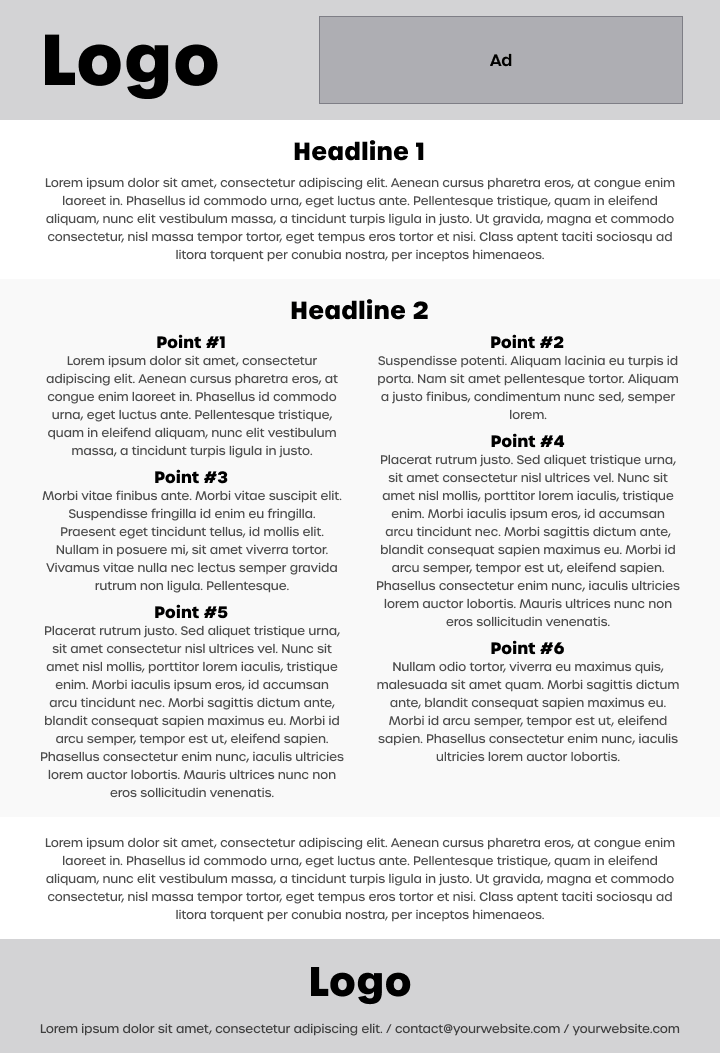Pitch Deck Design Guide & Customizable Templates
Learn how to design an irresistible pitch deck and get to work with modern creative pitch deck design templates built on principles that make you stand out.


Learn how to design an irresistible pitch deck and get to work with modern creative pitch deck design templates built on principles that make you stand out.
Short answer
Design with storytelling in mind
Embrace "show, don't tell" with visuals
Make slides interactive to engage viewers
Incorporate multimedia for a dynamic feel
Start with a striking visual hook on the title slide
Prioritize consistency in branding and design
A good pitch deck design makes your message clear, engaging, and easy to absorb. Investors should be able to grasp key points at a glance, so clean layouts, whitespace, and well-placed visuals are a must.
Consistent branding builds trust, readable typography keeps focus, and smart data visualization turns complex numbers into instant insights.
Hiring an agency for your pitch deck gives you access to expert designers, but it comes at a cost—literally. Agencies can be expensive, and the process isn’t always quick.
In-house design, on the other hand, keeps things consistent, budget-friendly, easy to update when needed, and in the hands of a team that knows your brand inside and out.
With a pitch deck design tool like Storydoc, you get the best of both worlds.
The AI design assistant helps perfect your layout, while the walled garden editor lets your team update content without messing up the design or straying off-brand. No need to wait weeks (or pay thousands) to get a winning pitch deck.
If you go the agency route, expect to pay anywhere from $2,000 to $10,000 for a custom pitch deck design—great if you’ve got the budget, but not exactly startup-friendly.
Templates, on the other hand, are a much more affordable option, ranging from free to a few hundred dollars. With modern tools, you shouldn’t be paying more than that for a professional, high-converting pitch deck design.
Agencies can create a pitch deck in 1-4 weeks, depending on project complexity and taking into consideration multiple feedback loops.
With interactive pitch deck templates, you can cut that down from days to just 2–5 hours. The right structure is already in place, so all you have to do is plug in your content and tweak a few details.
Stop losing opportunities to ineffective presentations.
Your new amazing deck is one click away!








